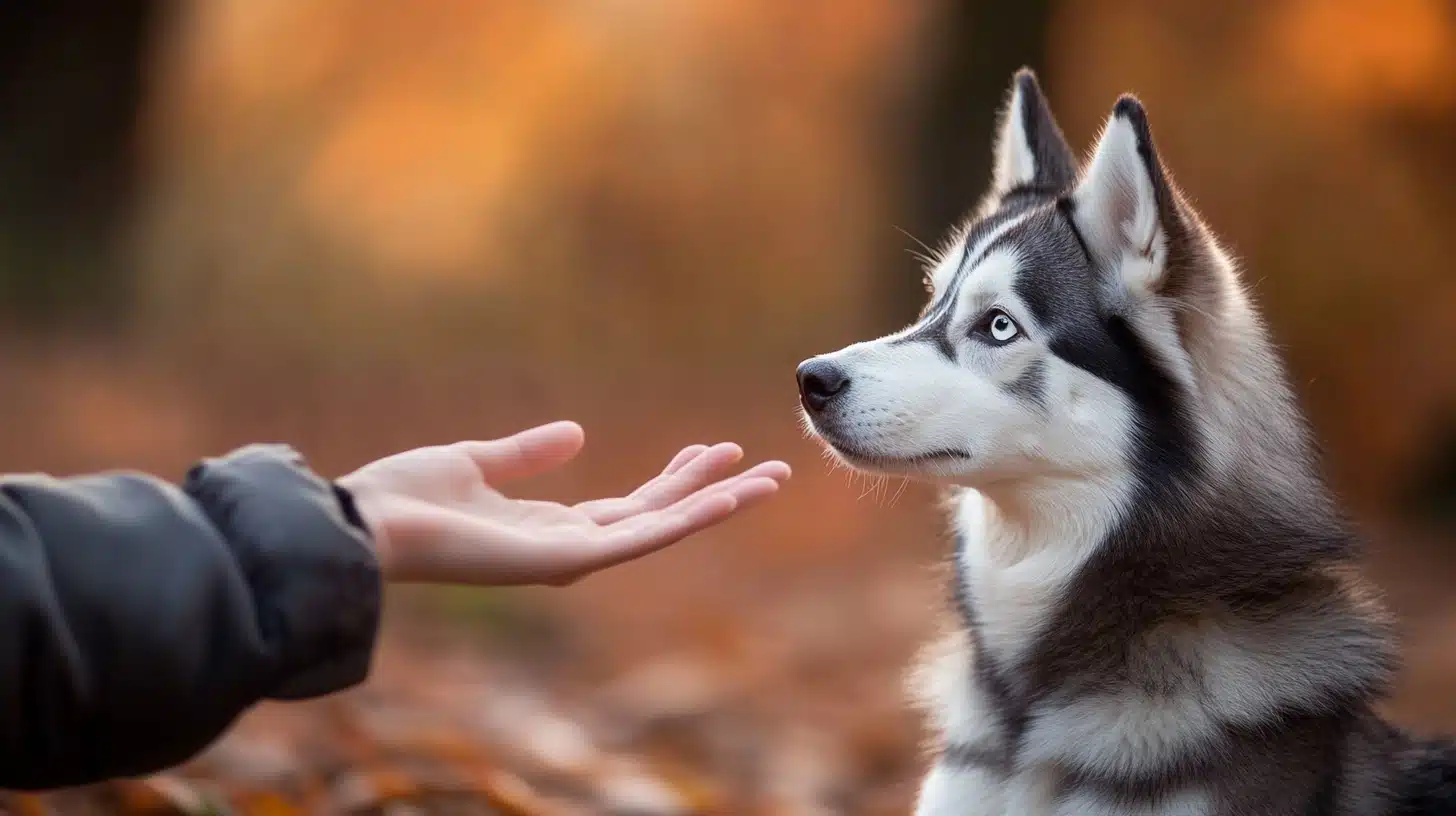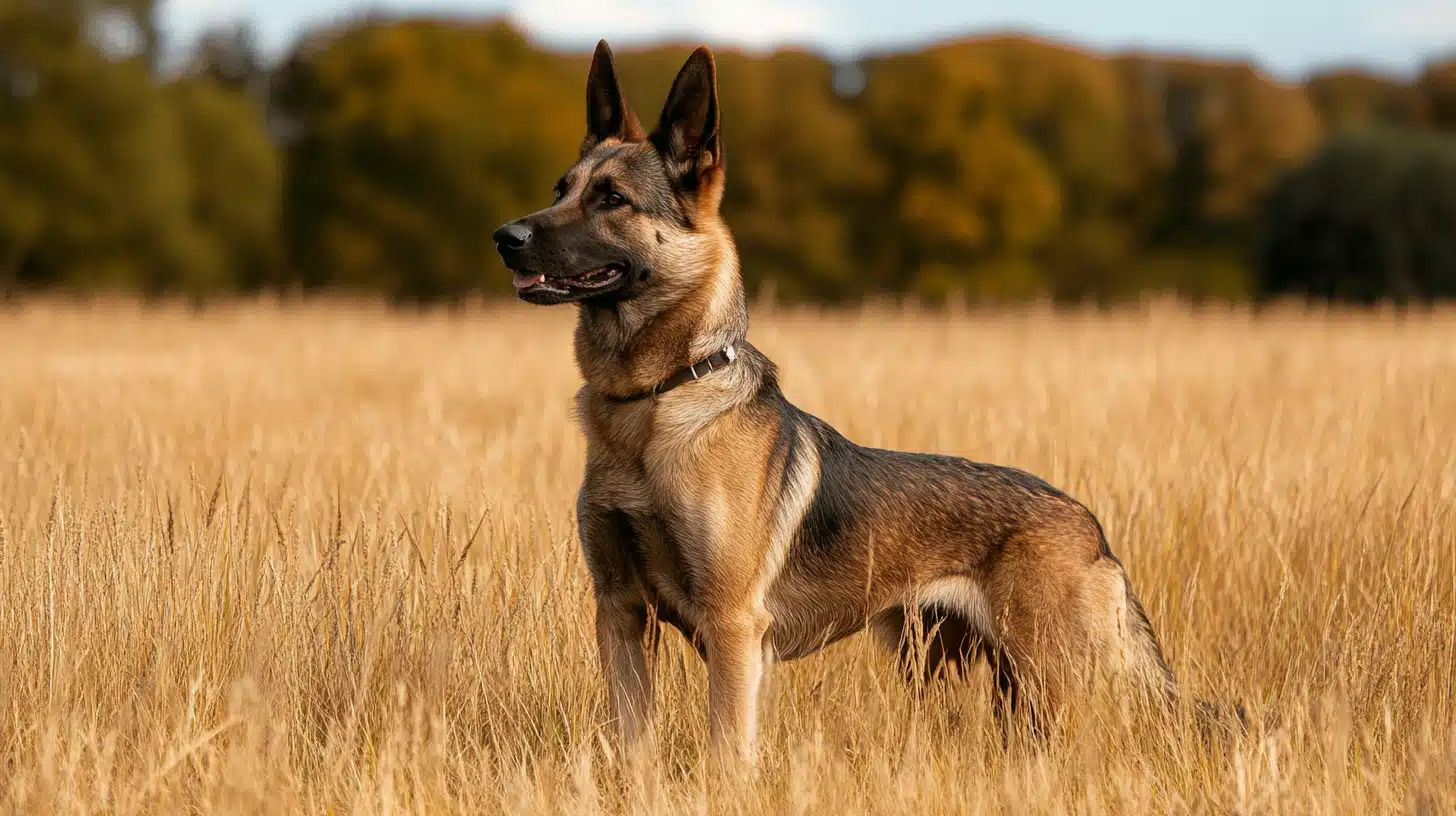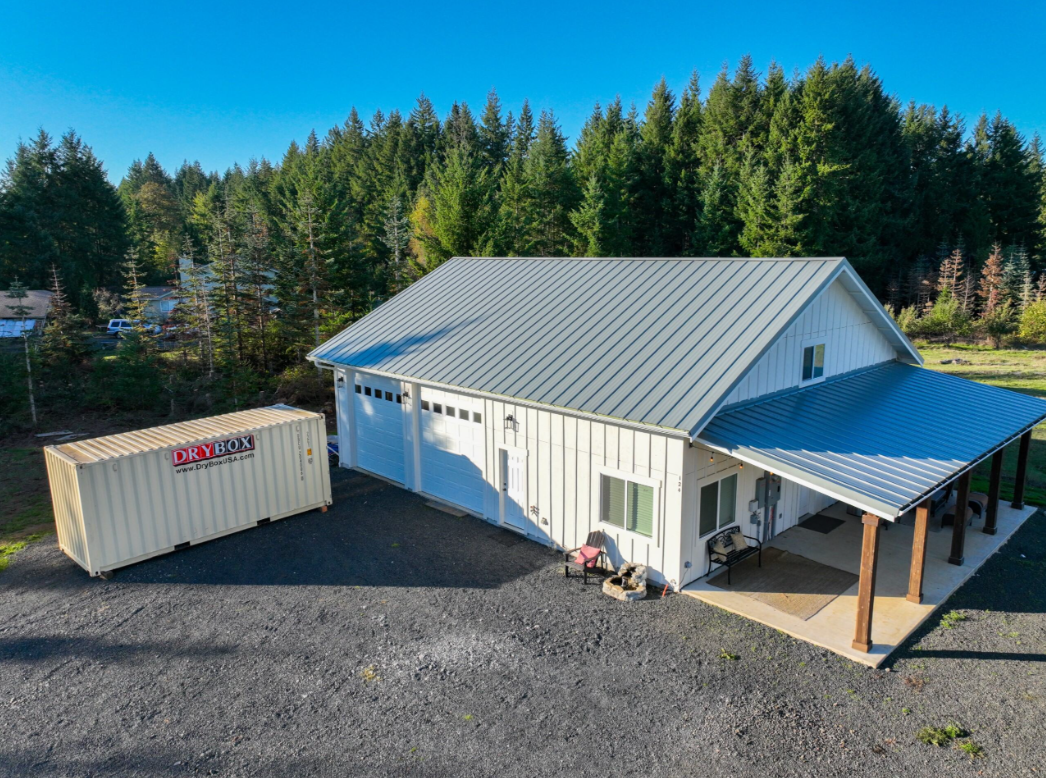8 Must-Do Tips During Dog Training
Training your dog can be both rewarding and challenging, as every pup comes with its own personality and quirks.
Whether you’re teaching basic commands or addressing behavioral issues, knowing the right strategies can make all the difference in your training success and your dog’s happiness.
In this blog, you will explore eight must-do tips to enhance your dog training experience.
1. Establish Clear Commands
When training your dog, it is important to establish clear commands. This means using the same words for the same actions every time.
For example, if you want your dog to sit, always say “sit” instead of mixing it with “sit down” or “sit here.” Consistency helps your dog understand what you want. It is also helpful to use a firm but friendly tone so your dog knows you mean business.
Try to keep your commands short and easy to understand. This way, your dog can learn quickly and feel confident in following your instructions. When your dog knows what to expect, it makes training easier for both of you.
2. Use Positive Reinforcement
Positive reinforcement is a great way to encourage good behavior in your dog. This means giving your dog treats when they do a good job. As a reward, you can give them treats, praise, or time to play.
For example, when your dog sits on command, give them a treat and say, “Good job!” This helps your dog associate the command with a positive experience.
Avoid using negative reinforcement, like yelling or punishment, as it can create fear and confusion. Instead, focus on what your dog does well and reward them. Over time, this will motivate your dog to repeat those good behaviors.
3. Keep Training Sessions Short and Engaging
Dogs have short attention spans, so it’s best to keep sessions to about 5-10 minutes. During this time, make sure to keep your dog focused and interested. Use fun games and activities to make training enjoyable.
For example, you can incorporate toys or new tricks to keep things fresh. If your dog starts to lose interest, take a break and try again later. This approach keeps training fun and helps your dog look forward to learning. Remember, a happy dog is a more willing learner.
4. Be Patient and Stay Calm
Dogs learn at their own pace, so it’s important to stay calm and not rush the process. If your dog doesn’t understand a command right away, don’t get frustrated. Instead, take a deep breath and try again.
Dogs can sense your emotions, so staying calm helps them feel secure. Celebrate small victories, even if your dog only partially understands. Foufou Puppies also recommends rewarding these small wins to encourage your dog to keep trying. Remember, training is a journey, and it’s okay to take your time. Your patience will help build a strong bond with your dog.

5. Socialize Your Dog
Socialization is an important part of dog training. It helps your dog feel comfortable around different people, animals, and environments.
Start socializing your dog from a young age by introducing them to various situations. Take them to parks, pet stores, or dog-friendly events. Let them meet other dogs and people in a controlled way. This helps reduce fear and anxiety in new situations.
Always supervise interactions, especially with larger dogs. Positive experiences during socialization teach your dog to be friendly and confident. The more your dog is exposed to the world, the better they will behave in different situations.
6. Set Realistic Goals
Setting realistic goals is essential for successful dog training. Start with simple commands, like “sit” or “stay,” and gradually move on to more complex tricks. Make sure your goals are achievable within a reasonable time frame.
For example, expect to spend a few days or weeks mastering a command before moving on. This helps you avoid frustration and keeps your dog motivated. Celebrate each small success along the way.
This approach makes training a positive experience for both you and your dog. Remember, every dog learns differently, so be flexible with your goals.
7. Practice Regularly
Regular practice is vital for reinforcing what your dog has learned. Try to have short training sessions every day or a few times a week. Consistency helps your dog remember commands and builds their confidence.
Use different locations during practice to help your dog learn to respond in various environments. For example, train at home, in the yard, or at the park. This makes the training more interesting and prepares your dog for real-life situations.
The more you practice, the better your dog will become at following commands. Make it a fun routine that you both enjoy.
Make sure you set up a good and spacious area for your dog to practice training. You can use an invisible dog fence in your backyard, so you can practice your commands without a physical fence getting in the way, so it can be treated like a typical outdoor space.
This enables you to practice as if you were in a park, for example, and then you can slowly work your way up to taking the training out of your yard as you build trust and your dog builds obedience.
8. Seek Professional Help if Needed
Professional trainers can provide valuable guidance and support. They can teach you effective training techniques and help address any specific behavioral issues your dog may have.
Look for trainers who use positive reinforcement methods, as they are more effective and humane. You can also consider group classes, which allow your dog to socialize while learning.
Getting help from a professional can make training easier and more enjoyable for both you and your dog. Don’t be afraid to ask for help; it’s a smart way to ensure your dog becomes well-trained and happy.
Enjoy the Training Journey with Your Dogs
Training is not just about commands and obedience; it’s an opportunity to deepen your bond and build trust with your furry friend. So, embrace the challenges and joys that come with training, and enjoy every step along the way. Happy training!







